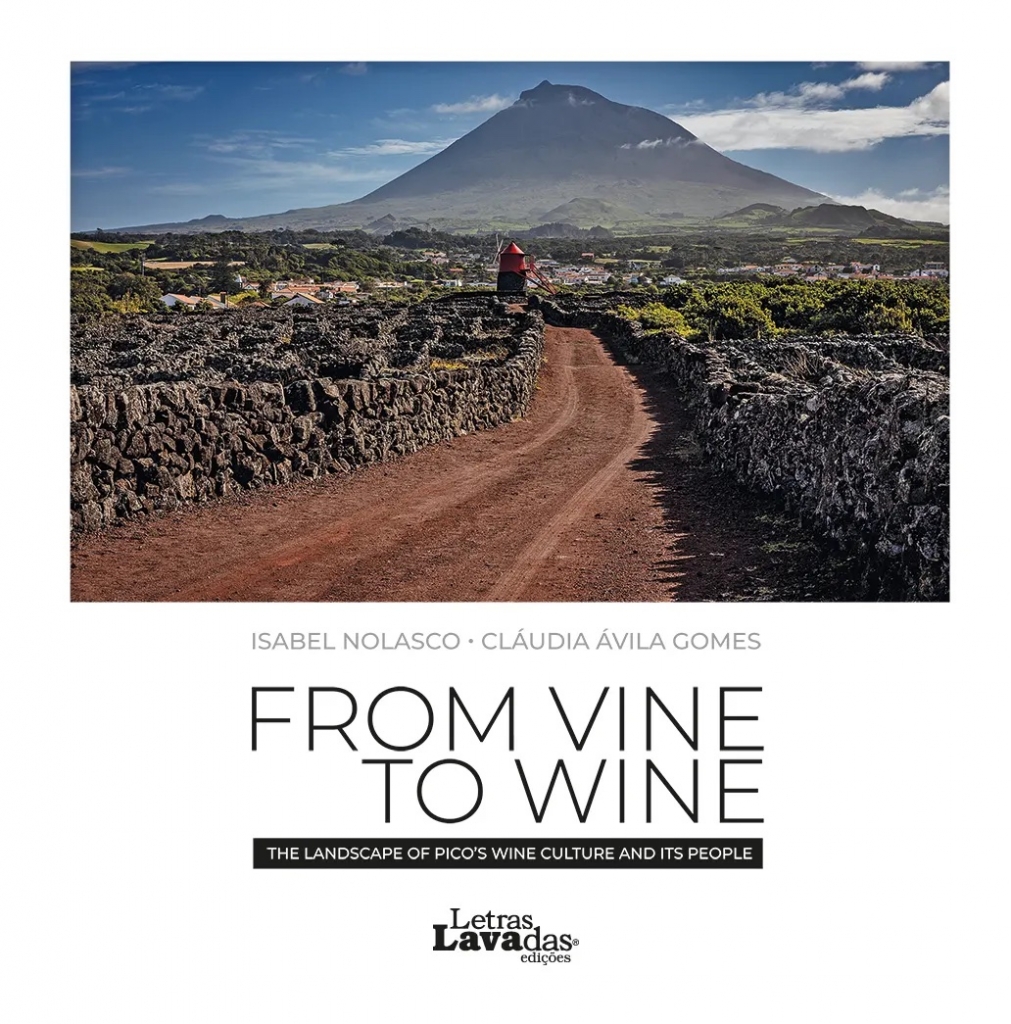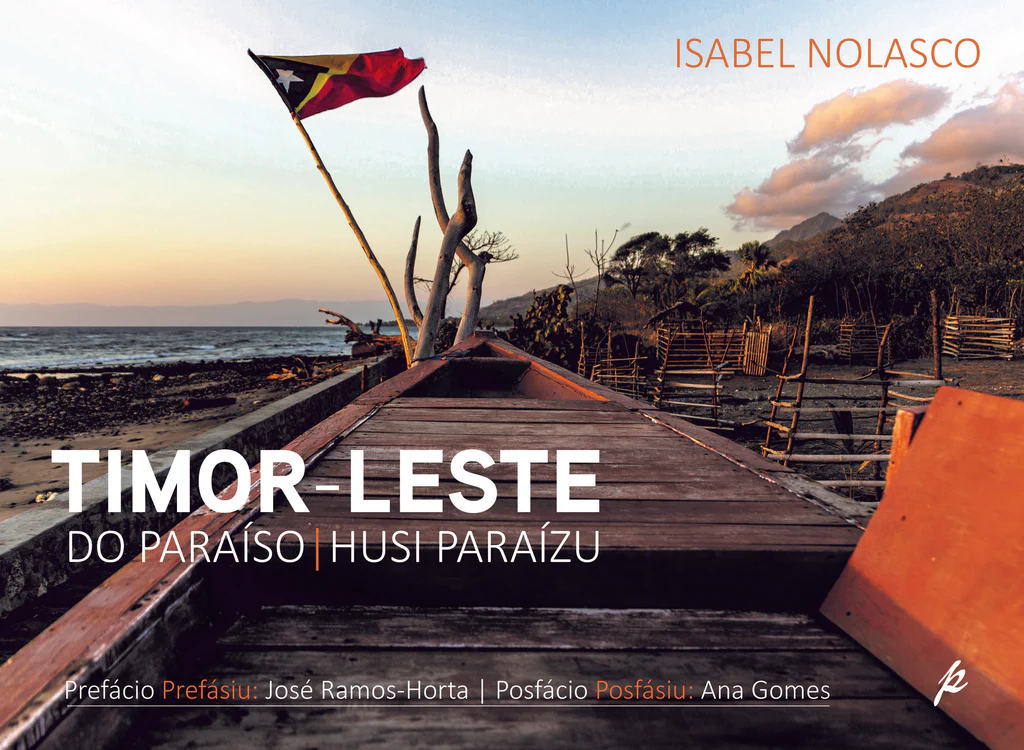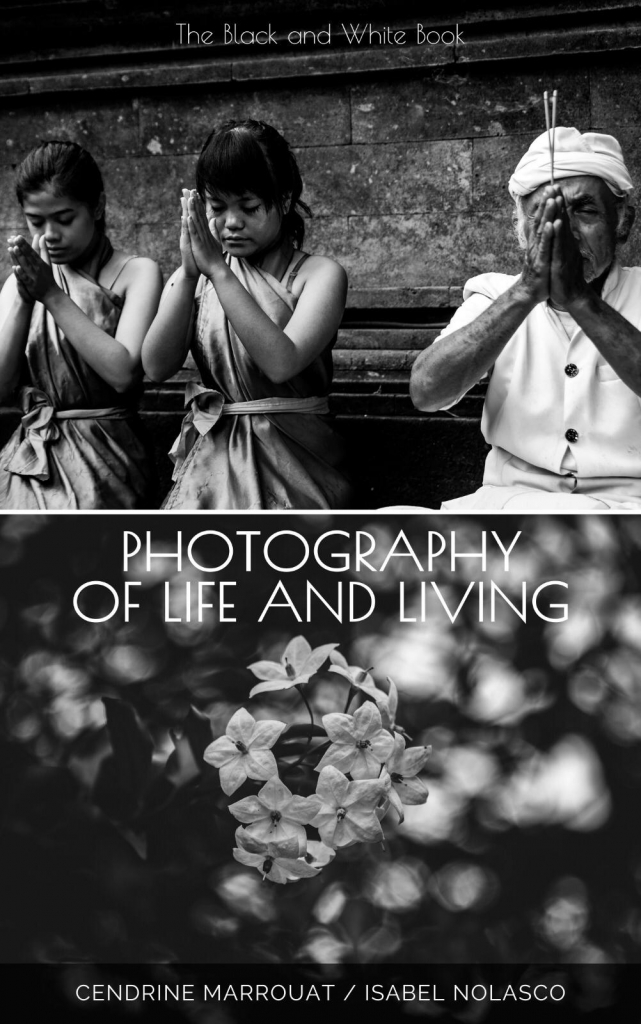Da Vinha ao Vinho – A Paisagem da Cultura da Vinha do Pico e as Suas Gentes | Isabel Nolasco, Cláudia Ávila Gomes
“Reflecting the soul of the people from Pico, the viticulture and its wines are an integral part of the genetics of the people of this island. They are the memory of their ancestors, icons of their identity.
Wrapped in a cradled of stone and dreams, these are the people who transformed the ‘harsh lava into a stream of wine’, dictating the economic and demographic growth of the Municipality of Madalena.
The people of Pico are made of sea and burnt magma, who, with unwavering resilience, have built maroiços in a constant struggle for survival. Piling up the black stones into giant basalt pyramids and small currais, their ancestors subdued nature, drawing their sustenance from the cooled lava.
In this epic of stone, Madalena arose in the first quarter of the eighteenth century, in a web in which tradition and dreams intertwine, during the famous ‘vineyard revolution’, which brought more wealth, attracted new settlers and, consequently, won the longed-for emancipation.
Today, six centuries on, vineyards and wine are still their passion. Books like this celebrate it. They celebrate the memory of their ancestors, in an important contribution to preserving their collective identity.
This year, which marks the 20th anniversary of the Pico Island Vineyard Landscape, acclaimed a World Heritage Site by Unesco and considered one of the most complex structures created by man, the launch of this book takes on an even more special meaning.
This book is, in its genesis, a hymn to the People of Pico and to this Ilha Morena [the island of Pico is known as the ‘Grey Island’ or ‘Morena Island’ due to the dark colour of its stones and lava], where wine is made from the stone. Like the book, let’s always praise and preserve the memory of this meandering lava, where the most genuine identity of Pico is carved”.
Isabel Nolasco
Preface (adapted) by Catarina Isabel Gaspar Manito | President of the Municipality of Madalena.
Autors: Isabel Nolasco (photography) and Cláudia Ávila Gomes (text)




